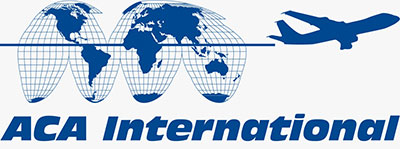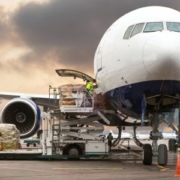Fortifying Cybersecurity in the Logistics Sector: A Strategic Imperative for Modern Warehouses

Addressing Emerging Cyber Risks with Advanced Protective Measures
In an era where cyber threats frequently headline international news, the logistics and e-commerce industries face heightened pressures to secure their operations and preserve brand reputation. The integration of sophisticated operational technology (OT) into warehouse management systems has revolutionized efficiency but has also inadvertently expanded the potential for cyber vulnerabilities. This evolution necessitates a re-evaluation of cybersecurity strategies to protect against the sophisticated threats of today’s digital landscape.
Recognizing the critical nature of these challenges, industry pioneers like Prime Vision are leading the charge in redefining cybersecurity norms for the logistics sector. They advocate for a holistic, yet agnostic, approach to cybersecurity that prioritizes continuous, all-encompassing protection. This methodology extends beyond traditional software safeguards, offering robust defences for hardware components integral to logistics operations. By deploying such comprehensive cybersecurity measures, logistics and e-commerce businesses can better shield themselves against a variety of cyber risks, from data breaches to operational disruptions.
This proactive stance on cybersecurity not only secures vital operational technologies but also reinforces a company’s reputation as a trusted partner in the supply chain. In the fast-paced, interconnected world of modern warehouse logistics, adopting an advanced, continuous approach to cybersecurity is not just a strategic advantage—it’s a fundamental requirement for operational resilience and long-term success.
If you have any queries, call us at +353 1 533 7772 or email us at [email protected]. Additionally, please visit our website, our facebook and Linkedin pages.



















